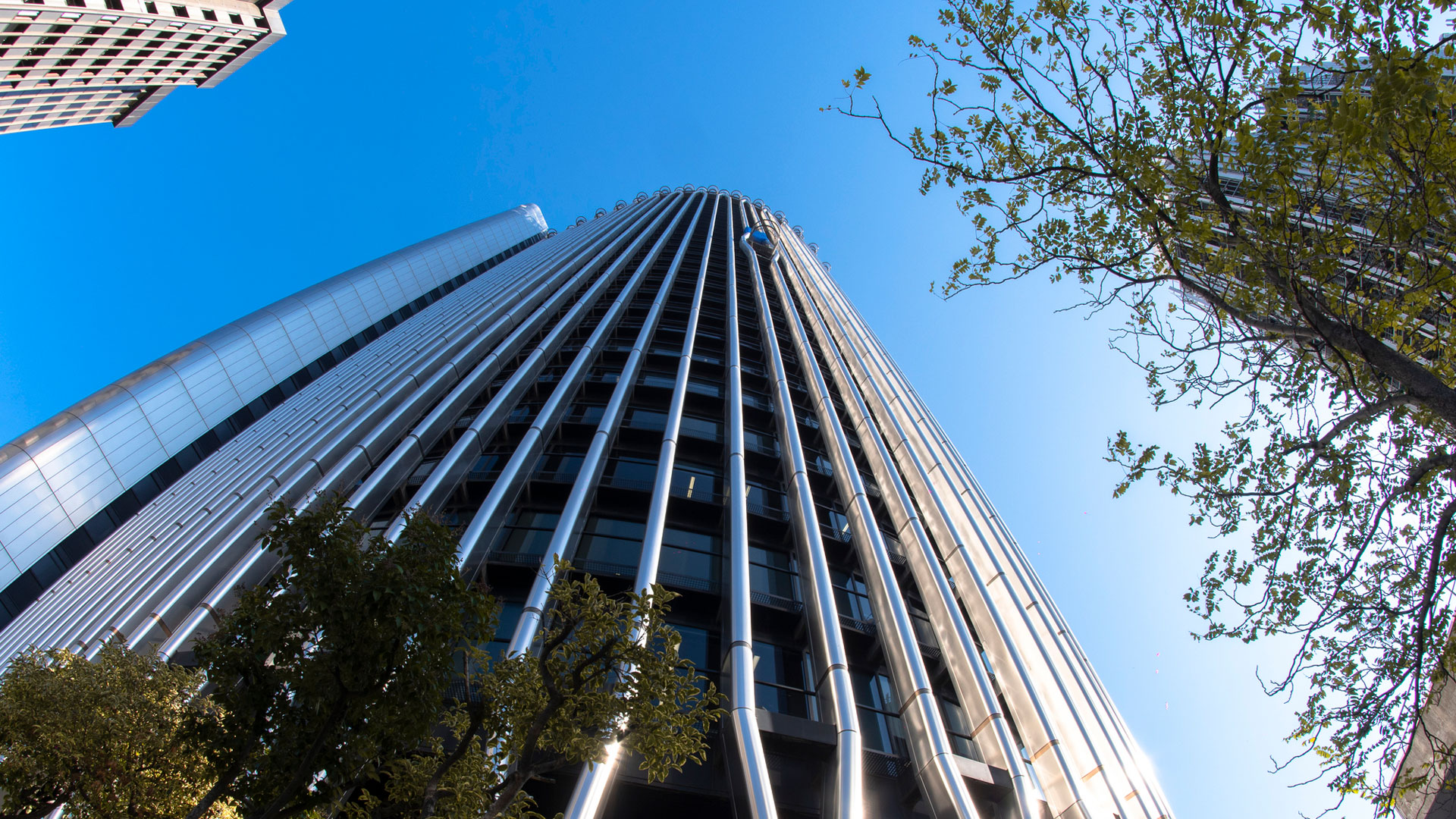09.04.2018 | Global Tech I deliveries energy for nearly 445,000 households
Close to the wind
The Global Tech I wind farm located far out in the North Sea has been producing 5-MW-class power for some 445,000 households since September 2015. Axpo holds a 24.1 per cent interest in this offshore wind farm. With this commitment, Axpo intends to promote added value from renewable energies in Europe.
The rotor blades are turning high above the glittering, dark blue North Sea. They are painted white and red, and hence fitting for a "Swiss wind farm". It's a splendid wind day, not too stormy, with just the right conditions to generate a great deal of power. The wind power plants are located far off the coast of Germany, 140 kilometres from Emden and 180 kilometres from Bremerhaven. They belong to the Global Tech I (GT I) wind farm. To view the windmills in rank and file, spectators can either take a helicopter to get there fast (about 1 1/2 hours) or the boat, which takes somewhat over 5 hours.
The GT I offshore wind farm, in which Axpo holds a 24.1 per cent interest, includes 80 turbines with a capacity of 5 MW’s each, equalling a total of 400 MW’s. At a water depth from 38 to 41 metres, the windmills excluding the rotor have a total height of about 132 metres from the ocean floor. The rotor hub is about 92 metres above sea level. The three-bladed rotor has a diameter of 116 metres and spans a surface as large as one and a half football fields. The rotor tips can reach a maximum speed of 320 kilometres per hour, turning nearly as fast as today's Formula 1 racing cars.
Half the area of Zurich
The windmills are located on 41 square kilometres, corresponding to over half of the area of Zurich. They begin rotating at light wind speeds of 4 metres per second. They generate their peak energy capacity at a wind speed of 12.5 metres per second (45 km/h), and when speeds reach 90 km/h or more they are turned off for safety reasons.
Each individual wind power plant is monitored around the clock by means of an online monitoring system. The operations control centre in Hamburg's Hafencity records thousands of different data points from the turbines and the wind farm on a daily basis and assesses these in order to monitor plant condition and ensure error-free operation. The open sea around the wind farm is also monitored around the clock by the control centre. Among other things, this includes communication with ships and helicopters travelling in the area of the wind farm. Weather is monitored closely by analysing weather reports from various sources four times a day.
Main shareholders
Axpo holds an interest of 24.1 per cent making it one of the major shareholders in GT I. Other principal shareholders are Stadtwerke München GmbH with 24.9 per cent, ENTEGA AG (formerly HEAG Südhessische Energie AG, HSE, Darmstadt) with 24.9 per cent, and Esportes Offshore Beteiligungs GmbH with 10 per cent. Axpo sells its power share through Axpo Germany.
The path of the electricity
The GT I wind power plants are close to the wind. This has been verified by experts. They assume an average wind speed of about 10 metres per second. On the yearly average the plants could be in operation for over 4000 full-load hours and generate some 1.4 billion kilowatt hours of electricity (the power consumption of 445,000 households). That's great given that onshore wind farms in good locations with moderate winds can reach between 1800 and 2300 full-load hours. GT I achieves the performance of a coal-fired power plant, and saves about a million tonnes of CO2 per year thanks to its environmentally friendly energy production method.
The transformer station is located in the centre of the wind farm. This is the hub for the environmentally friendly power generated by the 80 wind power plants that are switched in circular cable networks. The 33-kilovolt three-phase current of the windmills is transformed to 155 kV with the four transformers. All the equipment for the network connection of the offshore wind farm are located in enclosed areas on the platform and protected from the aggressive, salty environment. Increasing the voltage to 155 kV reduces the cable cross-section and enables the transfer of power to the transmission grid operator that ensures the grid connection with minimal losses.
The power is fed into the distribution grid of the transmission grid operator TenneT via two export cables at the grid connection point on the GT I transformer platform, and then routed in a southwestern direction to the converter platform "BorWin beta". Here TenneT transforms the electricity into direct current for low-loss land transport through a 195-kilometre long sea cable to the mainland until it reaches the Diele transformer station in Niedersachsen and is fed into the German power grid.

Logistical base
Global Tech I is one of the first wind farms to be erected in the German North Sea and counts among the so-called "far offshore wind farms". It is located 140 kilometres north of the Emden logistical support base. The operating concept differs greatly from that of wind farms located closer to the coast where service technicians can be transported to the site by boat on a daily basis. As a result, the Global Tech I transformer station serves as a logistical base with up to 38 people constantly on site and working in shifts. This is the only way GT I can ensure the smooth operation of the transformer station and the fast reaction time of the Adwen technicians servicing the wind power plants.
The yearly scheduled maintenance of the turbines takes place in summer. The low swells at this time of year allow constant access to the wind plants with small boats and ladders. However, the transformer station is too small to accommodate all the technicians needed for the annual overhaul. Housing is provided on a special service ship.
Would you like to know more about life on the transformer station? Coming soon on this channel
A boom
The number of offshore wind farms is growing faster than planned. An analysis by Deutsche Windguard indicates that alone in 2017, 222 additional windmills went on grid in the North and Baltic seas. Today there are nearly 1200 wind power plants in this region. Under optimal wind conditions they deliver 5.4 gigawatts of power, corresponding to the output of approximately five nuclear power plants. By the year 2020, the industry expects an installed total capacity of 7.7 gigawatts - originally the goal for German offshore wind farms was 6.5 gigawatts. According to a report in the "Süddeutschen Zeitung", by the year 2030 the industry intends to generate 20 gigawatts in the North and Baltic seas.





